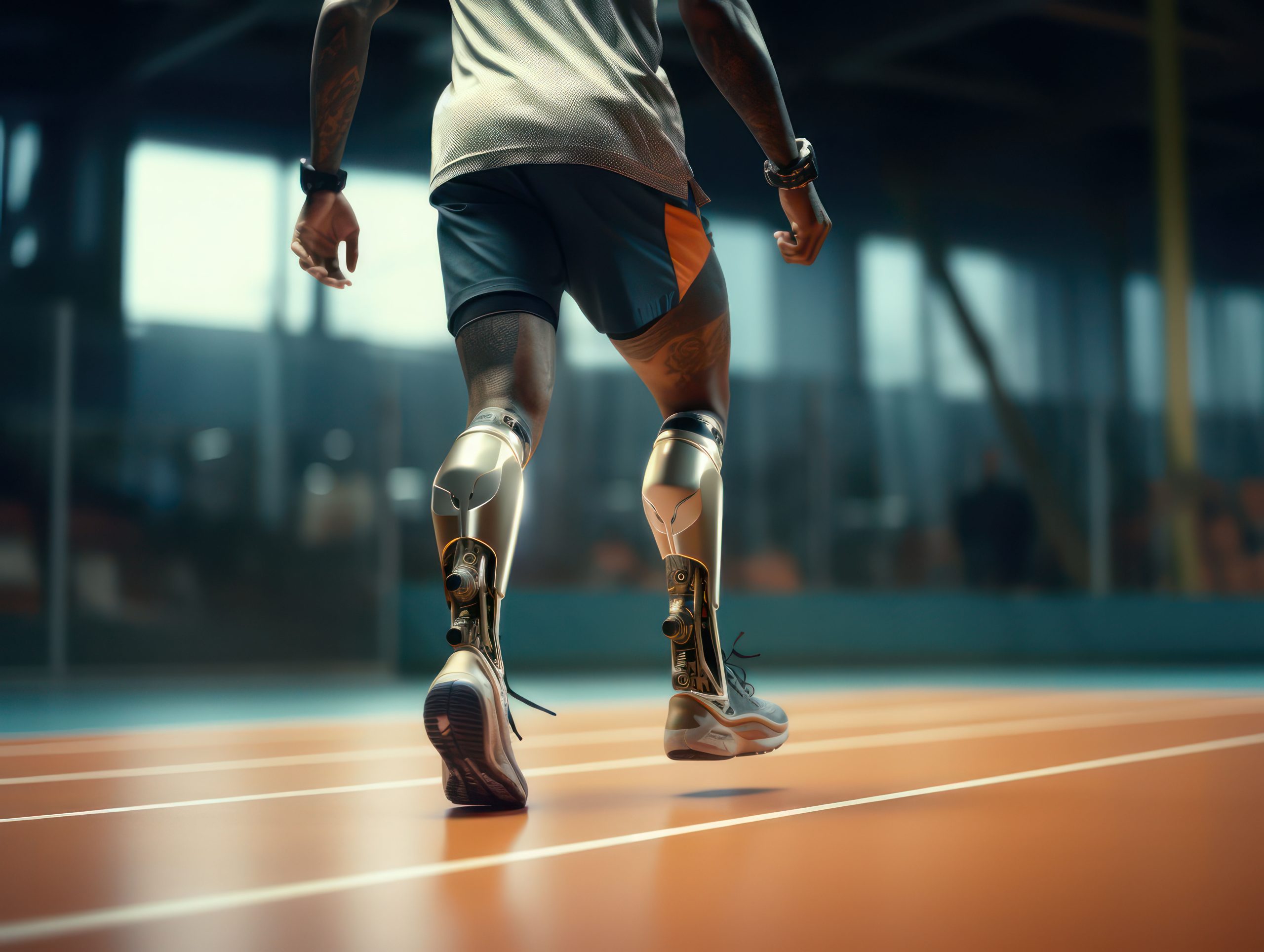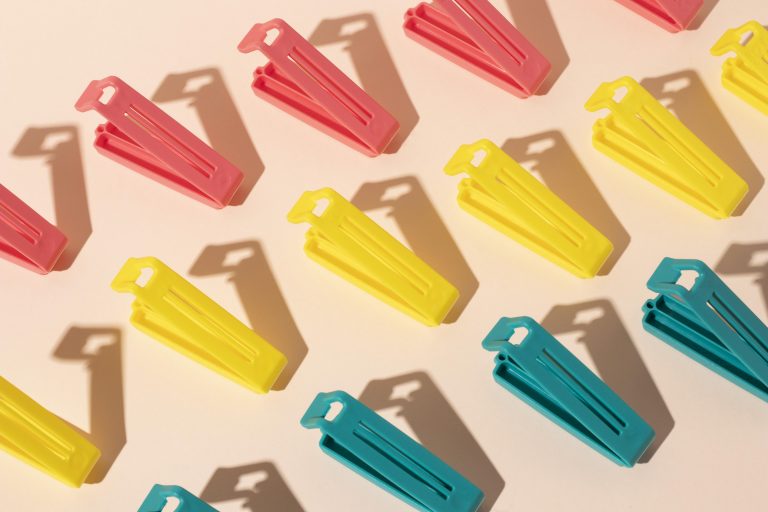At ABCorp 3D, technology is at the core of what we do. For over two centuries, we have been a top provider in essential critical goods and services in industries ranging from aerospace and consumer goods to prosthetics and automotive, spanning across over 120 countries. With our expertise in three-dimensional additive printing, we are able to create completely customizable and ergonomic prostheses offering patients with limb differences an affordable and accessible prosthetic option.
 Limb differences are a lot more common than one would think. In the United States alone, there are 2.7 million people living with limb differences, with that number expected to double by 2050. A 2017 study by the International Society for Prosthetics and Orthotics found that there are approximately 57.7 million people worldwide living with limb amputation due to traumatic causes. Traumatic causes, meaning falls, transportation injuries, mechanical forces, etc., make up only a percentage of all limb differences. Other causes are congenital disorders, a structural or functional anomaly that occurs during intrauterine life, or for surgical reasons, meaning a treatment route for infection or disease, tissue destruction, vascular disease, etc.
Limb differences are a lot more common than one would think. In the United States alone, there are 2.7 million people living with limb differences, with that number expected to double by 2050. A 2017 study by the International Society for Prosthetics and Orthotics found that there are approximately 57.7 million people worldwide living with limb amputation due to traumatic causes. Traumatic causes, meaning falls, transportation injuries, mechanical forces, etc., make up only a percentage of all limb differences. Other causes are congenital disorders, a structural or functional anomaly that occurs during intrauterine life, or for surgical reasons, meaning a treatment route for infection or disease, tissue destruction, vascular disease, etc.
Due to the intricacy of limb differences, there is no “one-size fits all” case, let alone solution. With limb differences, both in intrauterine and extrauterine life, come many physical impacts, but it’s important to note that there can be severe mental impacts just as well, which is why prostheses are so vitally important to a patient’s full recovery. Sadly, 36% of people with limb loss struggle with depression. While the experiences can differ greatly between those with limb loss and those born with limb differences, the constant is that a prosthesis can allow patients to gain or regain mobility and use of their limbs, granting them freedom, independence, and empowerment.
Unfortunately, due to the rising costs of healthcare in the United States and abroad, it can be extremely difficult to afford treatment and prostheses, let alone afford the routine upgrades and replacements necessary throughout a patient’s lifetime. In 2021 alone, Americans spent $4.1 trillion on healthcare, which averages out to approximately $12,900 per person, nearly double the cost for other countries. Healthcare costs already put immense pressure on a person’s fiscal situation, with over 100 million Americans affected by medical debt. As it turns out, medical debt is now twice as common for people under the age of 30 as it is for people aged 65 and older.
 The three-dimensional printing of prosthetics offers people with limb differences an accessible, affordable, and adaptable way to meet their biochemical needs. In areas with higher populations of people with limb differences, such as East and South Asia, 3D printed prosthetics are a much more affordable option and, due to their light weight, are easily transportable to more remote areas where medical attention is inaccessible.
The three-dimensional printing of prosthetics offers people with limb differences an accessible, affordable, and adaptable way to meet their biochemical needs. In areas with higher populations of people with limb differences, such as East and South Asia, 3D printed prosthetics are a much more affordable option and, due to their light weight, are easily transportable to more remote areas where medical attention is inaccessible.
Three-dimensional prosthetic printing is fully customizable, unlike making prosthetics the traditional route; with 3D printing, patients can select different designs, forms, sizes, and colors, allowing for each socket to fit each of their biochemical and personal needs. It’s important to note that 3D printed prosthetics are incredibly functional as they weigh less, making transportation and shipment easier, are more breathable, and allow for more flexibility while in use. With limb differences, changes to the size and shape of residual limbs are very common and can change due to aging, weather, and activity levels. Even if a prosthetic is specifically designed around a residual limb, it can become loose or tight over time, and can shift uncomfortably over remaining scar tissue, causing the patient immense pain and varying skin conditions.
The scalability of 3D printed prosthetics is also vital to this conversation. As a patient ages and changes occur to residual limbs, they will need to upgrade or update their prostheses. With 3D printed prosthetics, it’s easy to reprint them to grow with patients. Medical providers can take a 3D scan of their patients’ residual limbs and easily have a newly fitted and printed socket. Not to mention, 3D printed prosthetics require minimal leftover scrap material and require far less energy to manufacture as machining and milling is not necessary.
Why ABCorp Prosthetics?
At ABCorp, our 3D printed prosthetics have been used for robotic parts and attachments, animal prosthetics, and human prosthetics. Our prosthetics are made up of Nylon PA11, BASF Ultrasint01 TPU, and Nylon PA12.
Nylon PA11
Nylon PA11 is a bioplastic polyamide powder that is 100% biocompatible and plant-based, made from renewable resources consisting of vegetable and castor oil. PA11 is chemical resistant to hydrocarbons, ketones, alcohols, oils, fats, and other mineral bases and salts. It is impact resistant, high heat deflected, and is much more forgiving than other materials, making it a key component not only in orthotics, but in ABCorp prostheses.
BASF Ultrasint01 TPU
BASF Ultrasint01 TPU has an 80% recycling rate and is often used in sports protection equipment, footwear, and car interior components. The material is ideal for shock absorption and flexibility, and resistant to fatigue, which is exactly what patients need when looking for a prosthesis.
Nylon PA12
Nylon PA12 is similar to Nylon PA11: it’s chemical resistant to oils, fuels, hydraulic fluids, salts, and water, and is high abrasion and crack resistant. While it’s not plant-based, Nylon PA12 plays a pivotal role in prostheses since it can withstand major changes in temperature and can hold up against below freezing temperatures.
By combining these materials and our expertise in three-dimensional additive printing, ABCorp is able to deliver life-changing, affordable, accessible, and adaptable prostheses to patients across the globe. For a real life case study, read how we recently partnered with robotic prosthetic manufacturer Unlimited Tomorrow to create 3D printed prosthetic components to help fulfill their mission in providing patients the necessary tools to meet their biochemical needs.


 Limb differences are a lot more common than one would think. In the United States alone, there are
Limb differences are a lot more common than one would think. In the United States alone, there are  The three-dimensional printing of prosthetics offers people with limb differences an accessible, affordable, and adaptable way to meet their biochemical needs. In areas with higher populations of people with limb differences, such as
The three-dimensional printing of prosthetics offers people with limb differences an accessible, affordable, and adaptable way to meet their biochemical needs. In areas with higher populations of people with limb differences, such as 
